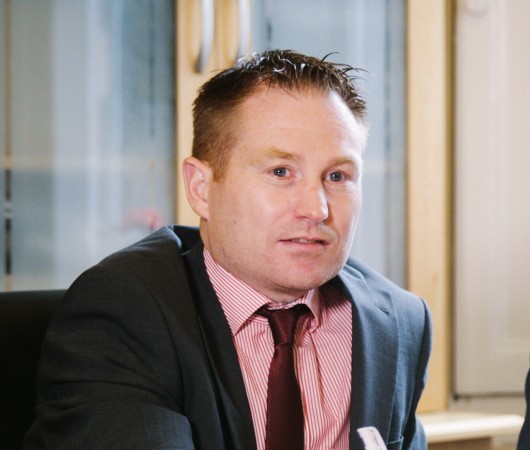R&D - Are you maximising your reliefs?
As part of our Sector Spotlight series this article looks at Research and Development (R&D) and the tax reliefs that are currently available to companies.
With the desire of government and business to create a knowledge economy to promote innovation and exports, Research & Development (R&D) has become a major buzz phrase throughout Northern Ireland.
There are generous tax reliefs available to companies for R&D expenditure, depending upon the company size, with many companies unaware that they are eligible and therefore not claiming their full tax reliefs.
HM Revenue and Customs allow an additional 125% of tax relief for R&D expenditure under the small and medium company scheme, and 30% under the large company scheme on top of the actual costs incurred.
This means that for an R&D project with a spend of £100,000, the saving can result in a tax saving of £45,000 or £26,000 as demonstrated below:
- £100,000 spend @ 20% is a tax saving of £20,000
- Small and medium - 125% uplift to £125,000 of cost at 20% is a further tax saving of £25,000
- Large - 30% uplift to £30,000 of cost @20% is a further tax saving of £6,000
R&D expenditure can be divided into two types:
Product development: this is where a company has invested time and materials in the development of a new or significantly improved product. This can often be easily identifiable, as the product development has been clearly defined and results in a visible final product.
Process development: this development represents a new or improved approach to how the company carries out its operations, or represents a solution to a problem which they had not previously been able to overcome. This is an area that is often overlooked by companies.
The process development expenditure is often where a company does not make the necessary claim and loses out on this tax relief.
When a company thinks through their production process, there are many examples of how their process has been improved, which can include:
Lifting and stacking materials: an improvement or different approach to how materials are stored and stacked in the yard which leads to improved use of space or time. This could be considered R&D.
Production process: an improvement or different approach to production which results in less waste and a more efficient production process. In effect, a problem solved could qualify for R&D.
If you believe that your business can avail of additional tax relief through either product R&D or process R&D please contact us.
Whilst every effort has been made by CavanaghKelly to ensure the accuracy of the information here, it cannot be guaranteed and neither CavanaghKelly nor any related entity shall have liability to any person who relies on the information herein. Information given here is for guidance only. Detailed professional advice should be taken before acting on any information contained herein. If having read the guidance here, you would like to discuss further; a member of our team would be pleased to help you.
